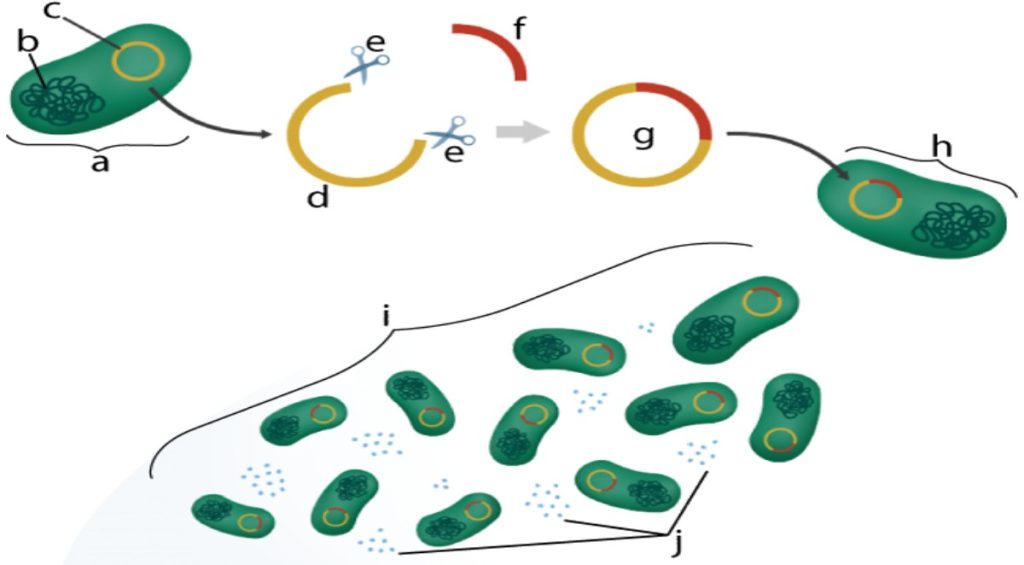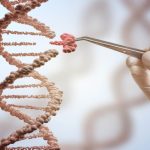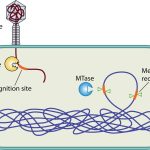To help explain the process of genetic engineering we have taken the example of insulin, a protein? that helps regulate the sugar levels in our blood.
· Normally insulin? is produced in the pancreas?, but in people with type 1 diabetes? there is a problem with insulin production.
· People with diabetes therefore have to inject insulin to control their blood sugar levels.
· Genetic engineering has been used to produce a type of insulin, very similar to our own, from yeast and bacteria? like E. coli?.
· This genetically modified insulin, ‘Humulin’ was licensed for human use in 1982.
The genetic engineering process
1. A small piece of circular DNA called a plasmid? is extracted from the bacteria or yeast cell.
2. A small section is then cut out of the circular plasmid by restriction enzymes, ‘molecular scissors’.
3. The gene for human insulin is inserted into the gap in the plasmid. This plasmid is now genetically modified.
4. The genetically modified plasmid is introduced into a new bacteria or yeast cell.
5. This cell then divides rapidly and starts making insulin.
6. To create large amounts of the cells, the genetically modified bacteria or yeast are grown in large fermentation vessels that contain all the nutrients they need. The more the cells divide, the more insulin is produced.
7. When fermentation is complete, the mixture is filtered to release the insulin.
8. The insulin is then purified and packaged into bottles and insulin pens for distribution to patients with diabetes.

An illustration showing how genetic modification is used to produce insulin in bacteria.
What else is genetic engineering used for?
· The first genetically modified organism to be created was a bacterium, in 1973.
· In 1974, the same techniques were applied to mice.
· In 1994 the first genetically modified foods were made available.
· Genetic engineering has a number of useful applications, including scientific research, agriculture and technology.
· In plants, genetic engineering has been applied to improve the resilience, nutritional value and growth rate of crops such as potatoes, tomatoes and rice.
· In animals it has been used to develop sheep that produce a therapeutic protein in their milk that can be used to treat cystic fibrosis, or worms that glow in the dark to allow scientists to learn more about diseases such as Alzheimer’s?.


